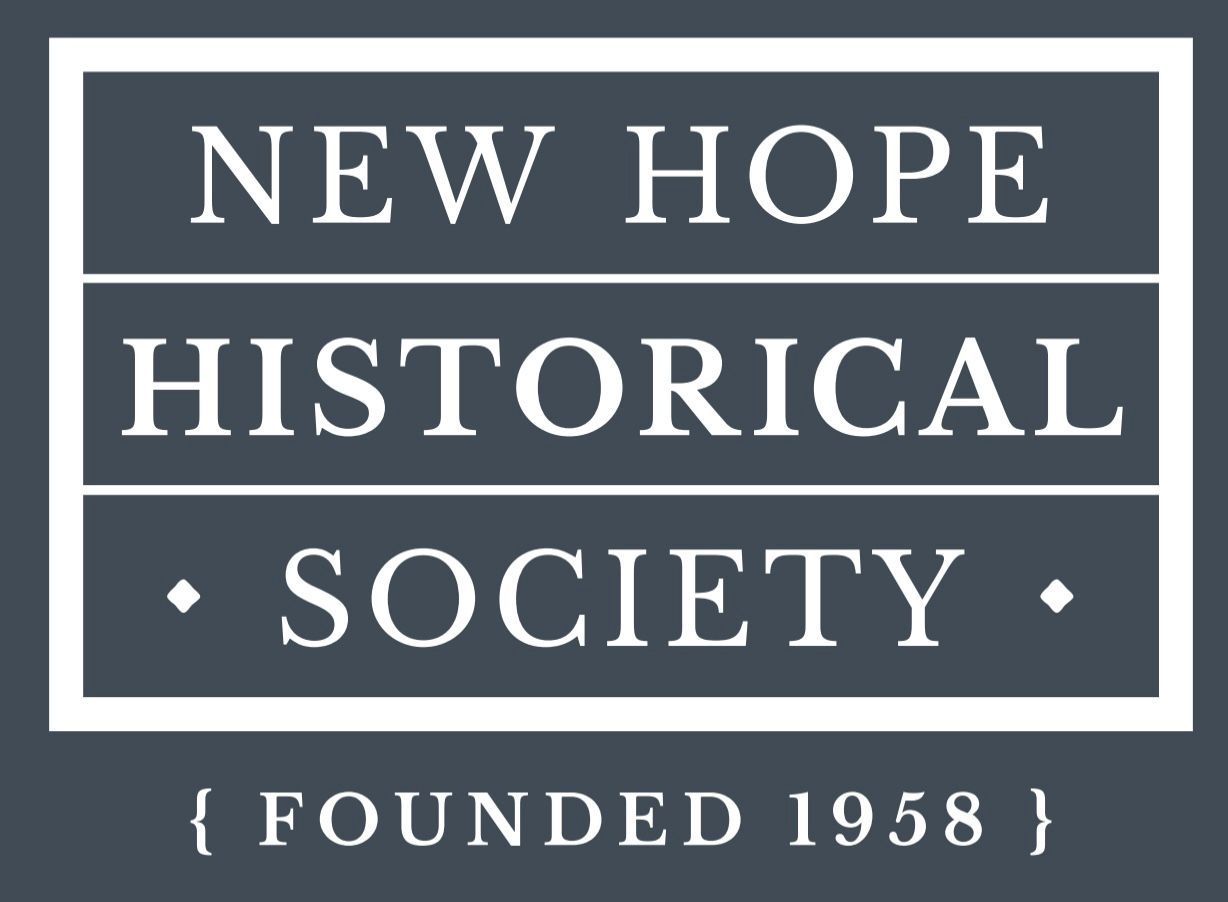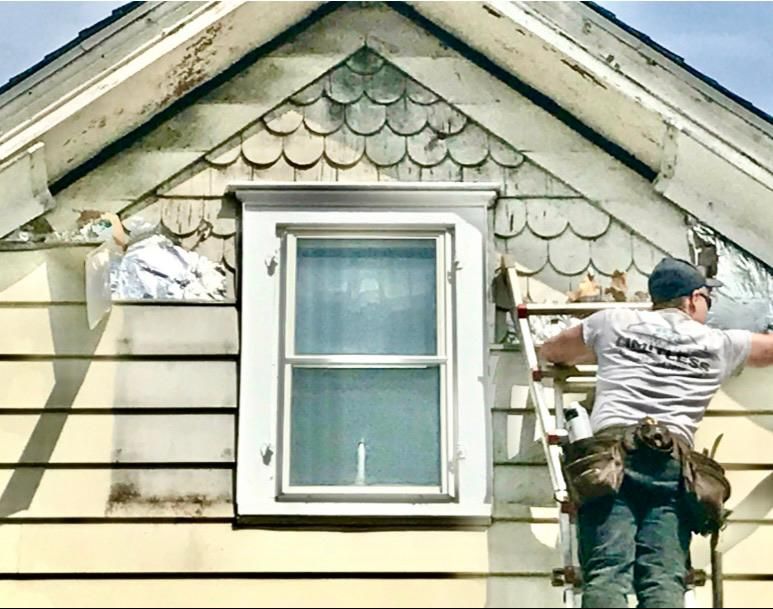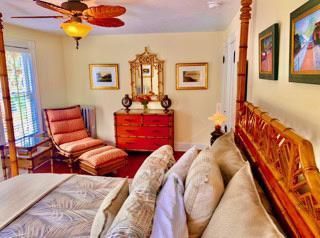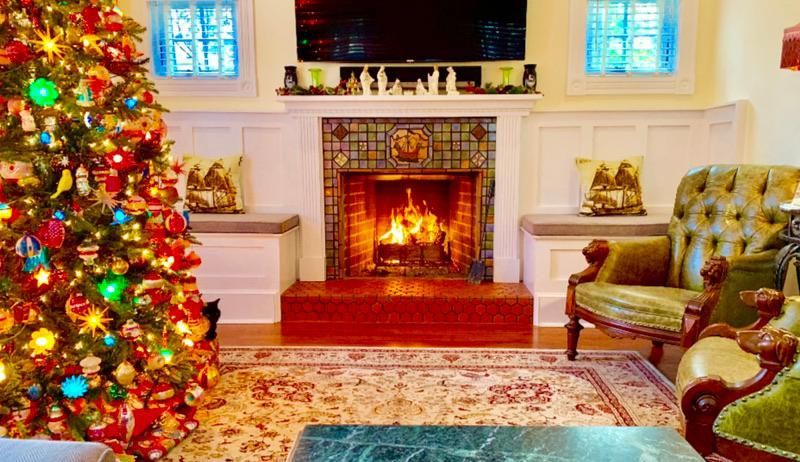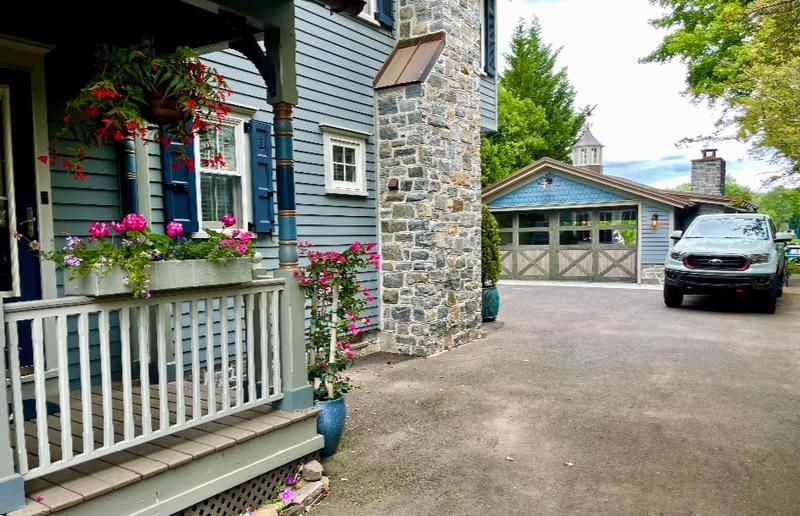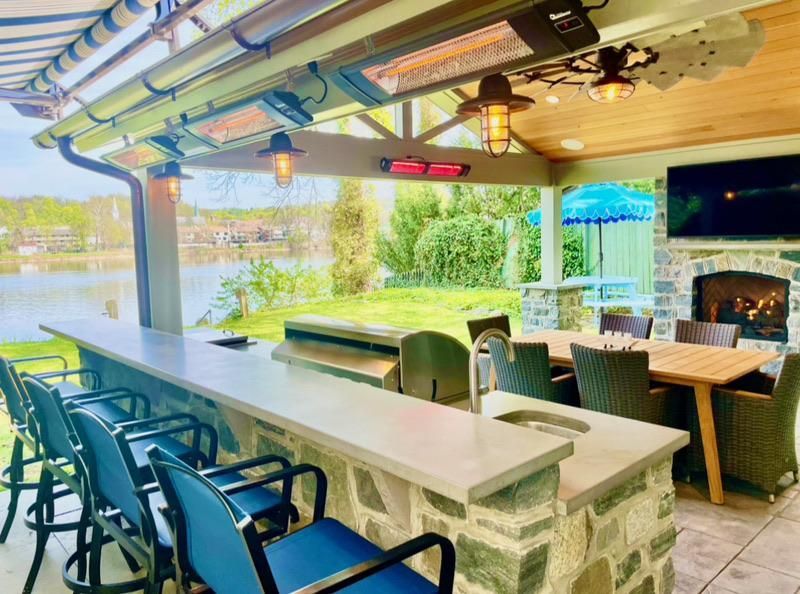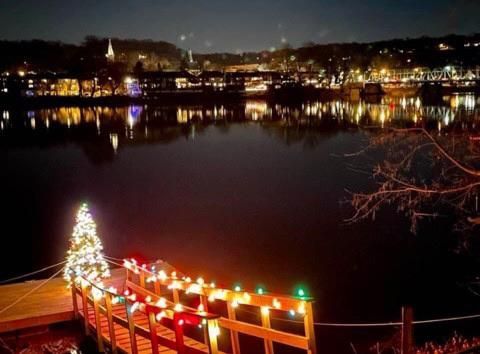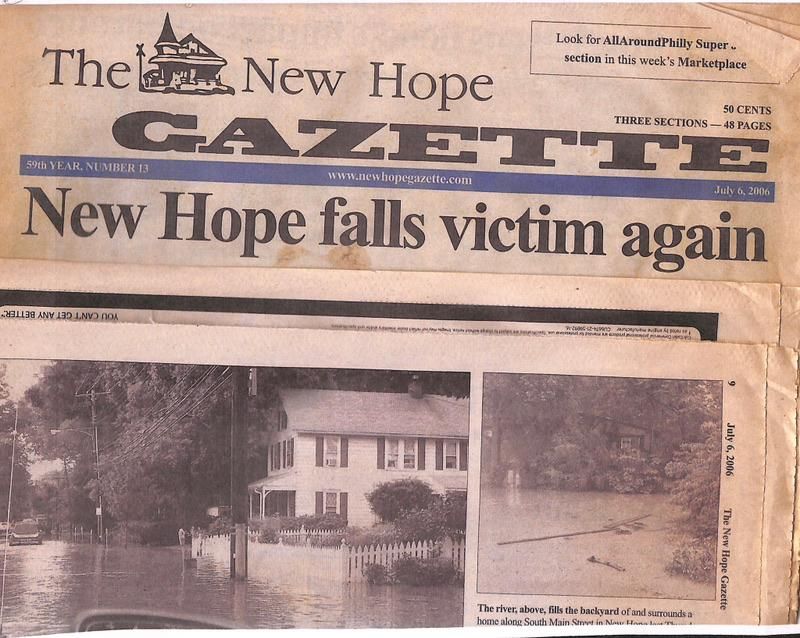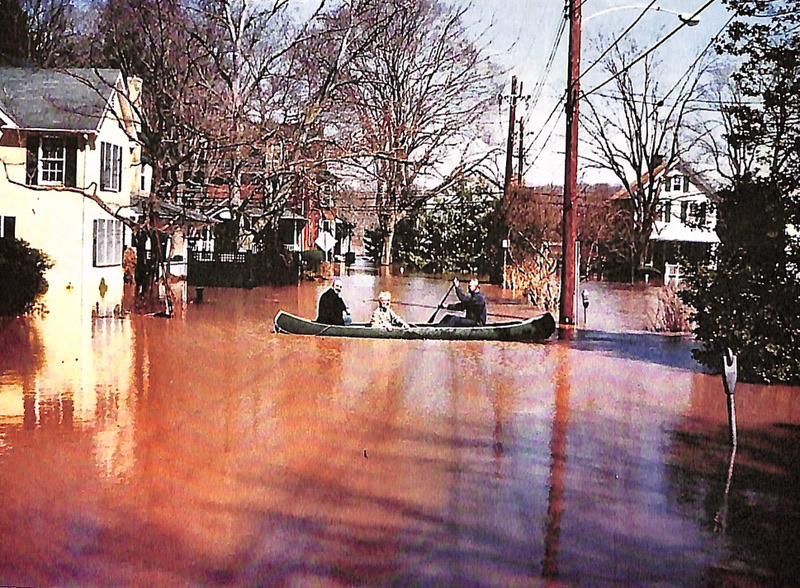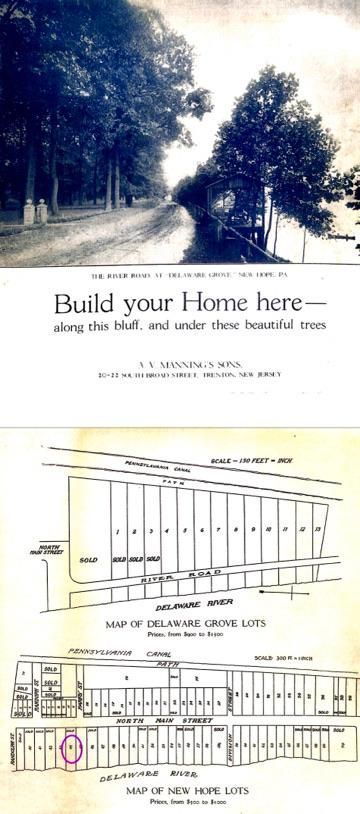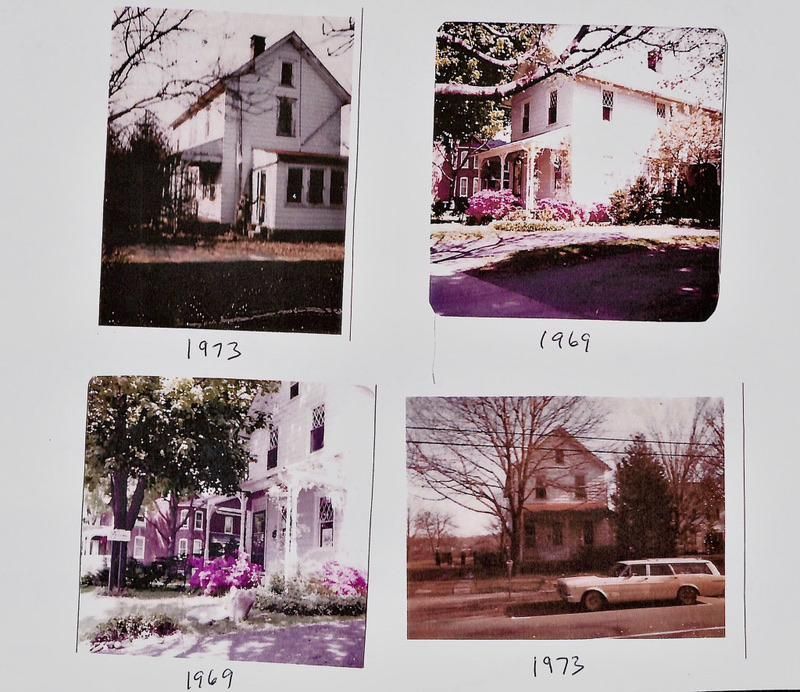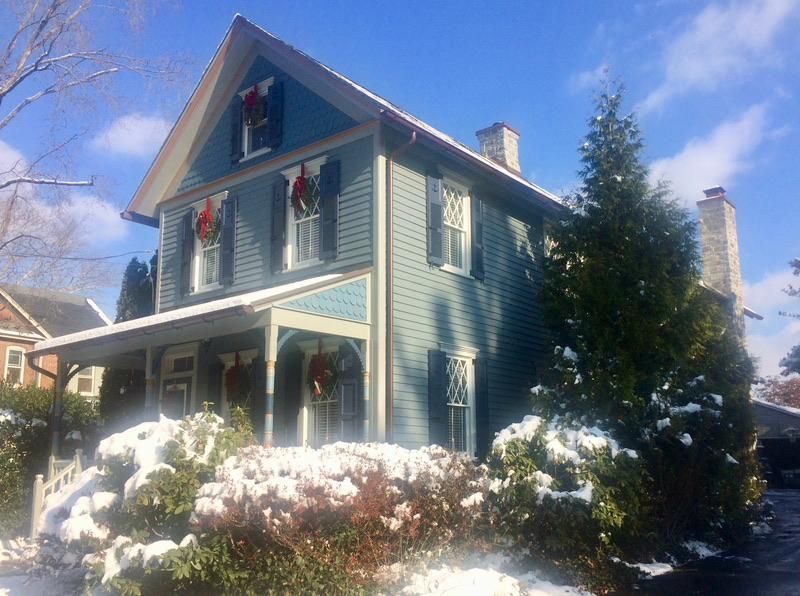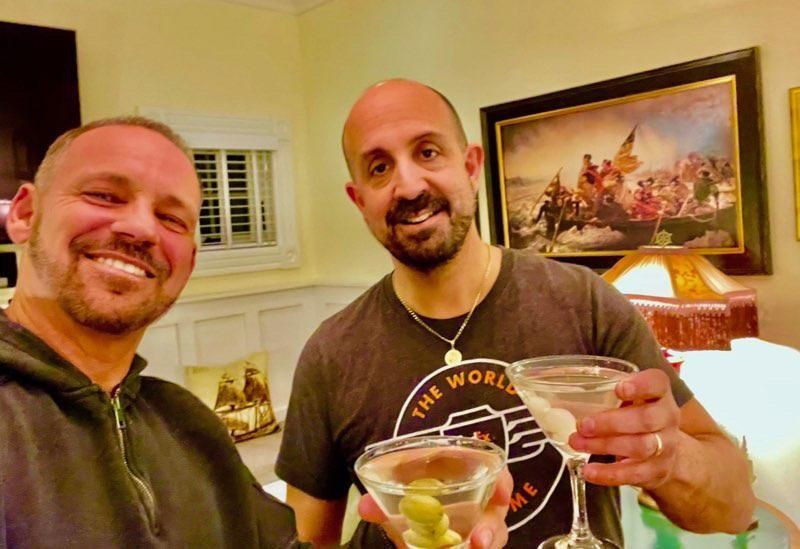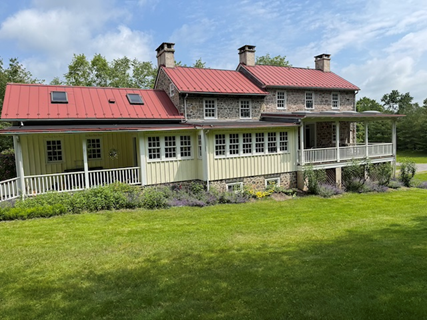The Anchor House
April 2023
Once part of the large Paxson estate, the creation of this property can be traced back to 1891. Sarah Ely Paxson sold the property to developers Alexander Manning and John Simpson Betts, who then sold off dozens of North Main Street lots after the road was relocated to the west, away from the Delaware River. The home on 68 North Main Street was built circa 1898. There are currently 8 similar modest Stick Victorian-style homes still standing on North Main Street in the New Hope Borough Historic District. Prior owners of the property have been several prominent families in the history of New Hope and Lambertville, Magill, Holcombe, Ely, Betts, and Balderston.
Michael and Paul acquired the property in 2014. Over the past 9 years, they have completed an extensive restoration. The original house has since been updated with an emphasis on restoring the character and material of the original design. The metal siding was removed and all of the original exterior shiplap siding was restored as well as the long hidden scallop shingles located at the apex of the roof.
The exterior was repainted with period colors from the late 1800s. Real working Timberlane shutters were installed with a personalized anchor cutout. The original slate roof was removed years ago and is now replaced with an architectural asphalt shingle to mimic a wood-shake roof. One feature that stands out is the 17 light diamond pane windows that grace the home's exterior, enhanced by a rectangular split two-pane glass transom window above the front door that local artist Ilia Barger hand stenciled No. 68 using gold leaf paint.
An electric doorbell echoing an old-style pull-string bell system has been installed. When the new hardwood floors were installed a surprise trap door was discovered under layers of older floor renovations which led to an underground 6-foot deep by 4-foot wide 1000-gallon basement cistern originally used to hand pump water into the kitchen sink. The cistern has now been turned into a wine cellar.
The original home was built with two wood-burning stoves for heat and a rear yard outhouse. In the early 1900s, cast iron radiators replaced the two wood-burning stoves and are still being used to heat the original portion of the home today.
A new rear addition includes a first-floor den with a wood-burning Mercer Tile fireplace and an additional fourth bedroom Master Suite overlooking the Delaware River.
New "Lambertville" fluted trim was milled for inside the addition.
An additional staircase leads up to what once was a third-floor unfinished attic. The roof line was so low that you literally had to get onto your hands and knees to enter, but once inside there was ample ceiling height. A new dormer was added to fix this issue and the attic now includes additional living and office space.
Stone aggregate was mixed into the tinted grey cement for the new sidewalk and walkways to be consistent with historic guidelines. A rear detached cinderblock two-car garage circa 1950 has been renovated using the original home's exterior trim and stone foundation and is graced with an illuminated octagon cupola. A matching rear carriage house door has been added to the garage and when both doors are open the river view, once blocked, can now be seen from the first-floor den windows. It is now reminiscent of a boathouse. A covered patio connected to the garage includes an outdoor gas fireplace and kitchen. A gangway leads to a new dock along the Delaware River. The prior owners presented a horseshoe that they had found buried in the rear yard, perhaps offering good luck to the new owners.
The Parry Mansion Museum Archives Team is a team of passionate and energetic volunteers who bring diverse, professional backgrounds to advance our archives with programs such as this monthly series “Beyond the Door,” and individual and community research request fulfillment and so much more. Many thanks to the Archives Team!
